Back Spasms Tame the Tiger at the Arnold Palmer Invitation Bayhill
In March, Tiger Woods pulled out of the Arnold Palmer Invitational due to back spasms. This is not the first time Tiger has needed to pull out of a major tournament due to injury. Injuries in sports seem to be commonplace these days.


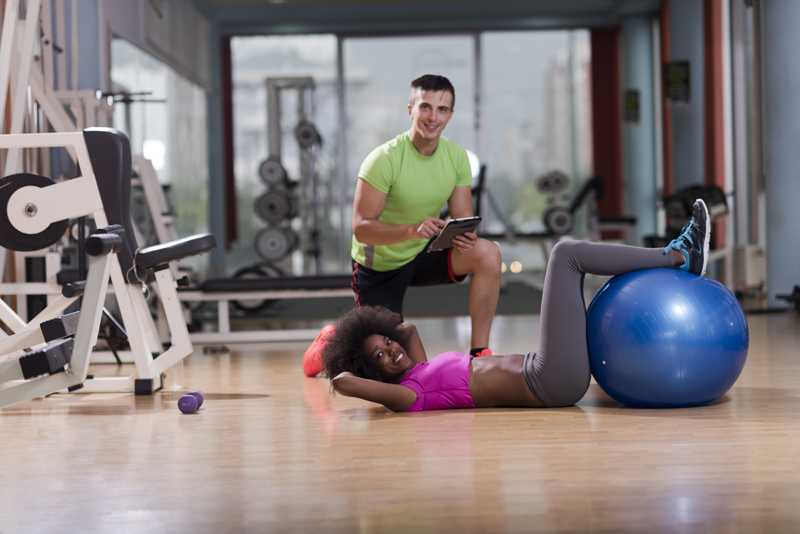

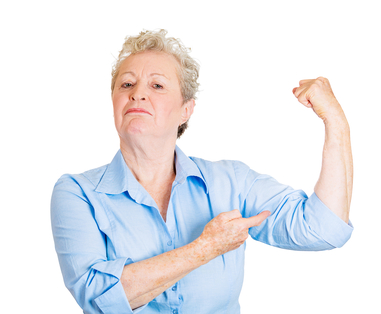

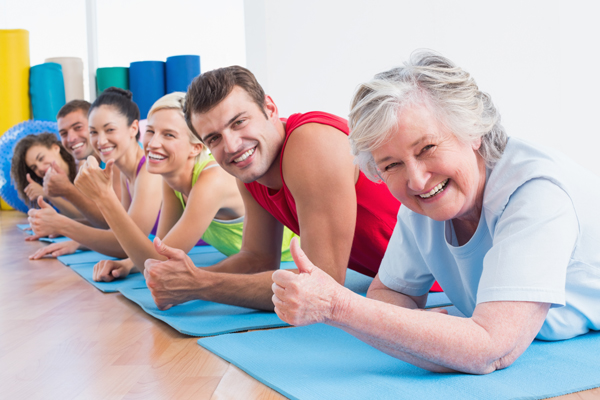


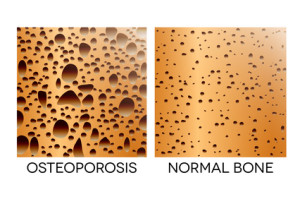 Osteoporosis is a
Osteoporosis is a 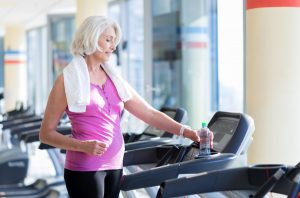 Furthermore, strengthening the muscles which surround bones and joints can have a very positive impact on the individual fighting the disease. Stronger muscles mean that, even when sitting or standing, the individual uses less of their bone structure to support their body and uses more of their muscular system. This constitutes great progress.
Furthermore, strengthening the muscles which surround bones and joints can have a very positive impact on the individual fighting the disease. Stronger muscles mean that, even when sitting or standing, the individual uses less of their bone structure to support their body and uses more of their muscular system. This constitutes great progress.